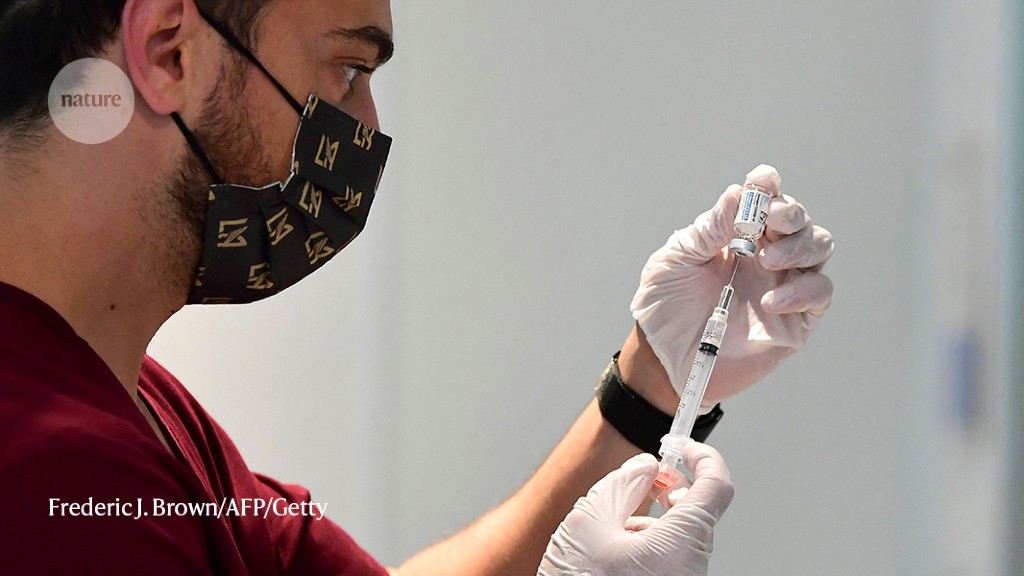Public confidence in the safety of COVID-19 vaccines dipped in the United States after government officials paused vaccinations with the Johnson & Johnson (J&J) shot last month, according to a poll. During the ten-day hiatus, officials explored whether the vaccine was linked to a rare type of blood clot, but they ultimately deemed the jab safe and gave the green light to resume its use.
After the pause began, 7% of unvaccinated adults who were surveyed said that the news about blood clots made them less likely to want any COVID-19 shot, according to data published by the Kaiser Family Foundation (KFF).
The incident demonstrates the knife-edge that public-health authorities have been walking since COVID-19 vaccines became available late last year. Vaccines represent a way to end the COVID-19 pandemic and to protect individuals, so authorities would like people to sign up for them. But the shots come with risks that need to be communicated transparently, to maintain trust and uphold scientific ethics, says Hilda Bastian, an independent scientist who studies evidence-based medicine in Victoria, Australia.
Public-health specialists must always strike a careful balance when communicating about vaccine safety, but the enormous scale of the COVID-19 vaccine roll-out means that safety data are evolving fast — so researchers are scrambling to share developments transparently and clearly with the public.
And they worry that with the rise of anti-vaccination movements, their messages might be used or interpreted to fuel misinformation campaigns. Those who spoke to Nature say that because the stakes are so high for COVID-19, explaining vaccine risk has been especially fraught. “It’s a minefield,” says Bastian....
One challenge public-health authorities face is putting risk into context without seeming to dismiss people’s worries, says Heidi Larson, an anthropologist at the London School of Hygiene & Tropical Medicine who specializes in risk and decision science. Even if authorities say the likelihood of a severe reaction is one in a million, she says, what people want an answer to is, “What does that one in a million mean for me or someone in my family?” ...


Recent Comments